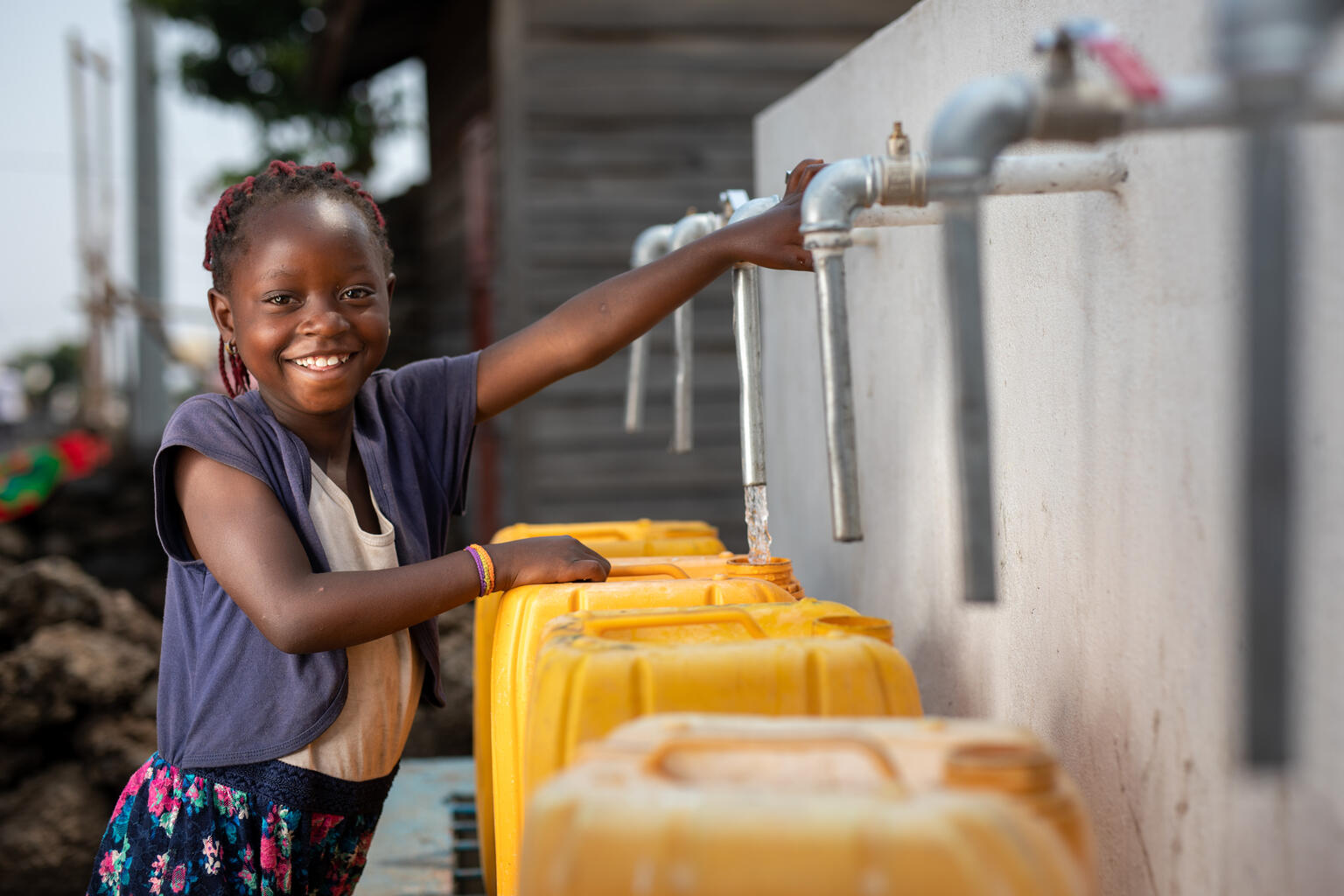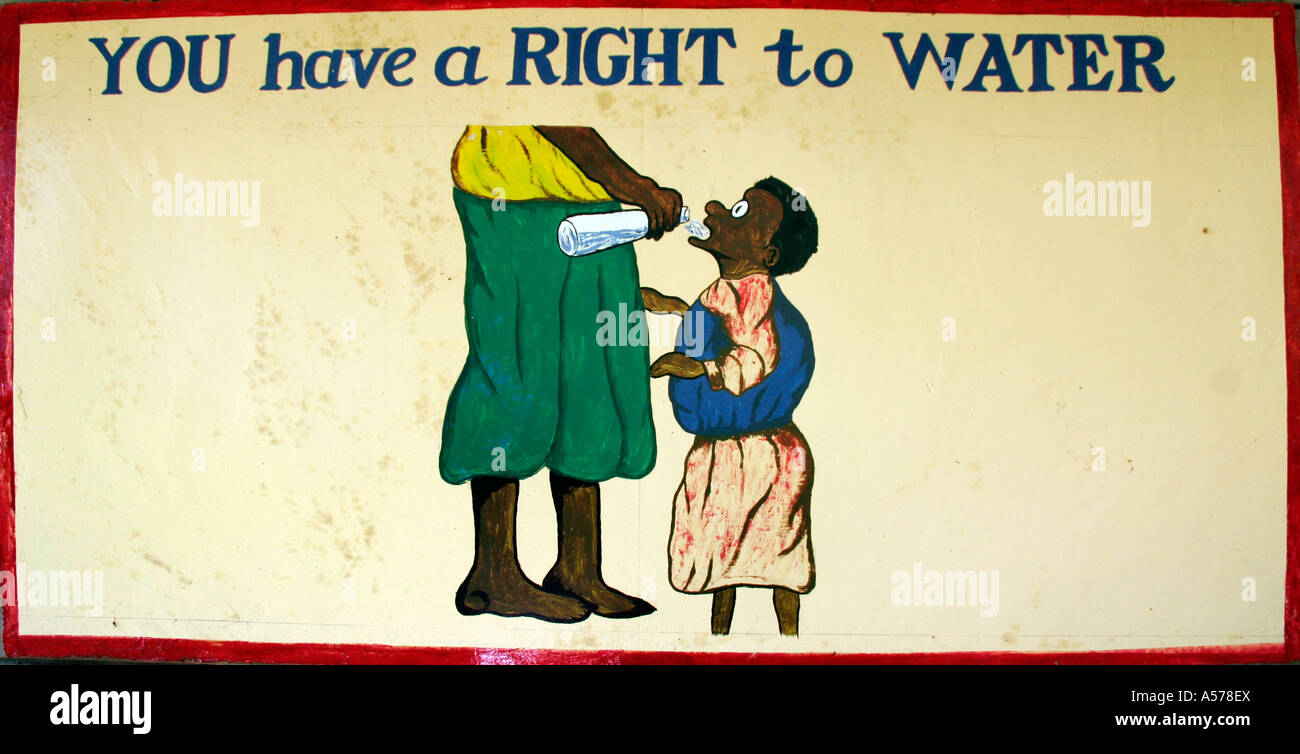https://www.alamy.com/stock-photo-painet-jb1483-sign-poster-you-have-a-right-to-water-kenya-pendekezu-11220337.html ( picture credit)
OVERVIEW
The Intersectional Issue of Water Scarcity and Its Impact on Girls in the Global South. Water scarcity is a pressing global issue, with far-reaching consequences, particularly for girls in the Global South. The burden of collecting water often falls disproportionately on girls, affecting their education and overall well-being. Cultural differences and societal expectations can exacerbate this issue, limiting girls’ opportunities and potential.
The Impact on Girls’ Education
– Girls spend significant time collecting water, leaving less time for education and personal development.
– Water scarcity can lead to early marriage, child labor, and other forms of exploitation.
– Limited access to clean water and sanitation facilities in schools can hinder girls’ education and health.
Promoting Sustainable Water Management Practices
– Implementing efficient irrigation systems and rainwater harvesting can help conserve water.
– Educating communities about water conservation and management can foster sustainable practices.
– Supporting policies and initiatives that prioritize water security can benefit entire communities.
Advocating for Girls’ Education
– Ensuring access to quality education can empower girls and break cycles of poverty.
– Supporting girls’ education initiatives can help address the root causes of water scarcity’s impact.
– Raising awareness about the importance of girls’ education can inspire community-led solutions.
WHAT I AM HOPING TO ACHIEVE
By addressing water scarcity and promoting girls’ education, I can create a better future for everyone. Raising awareness and advocating for sustainable practices can have a lasting impact, ensuring a brighter future for generations to come. for example
– Support initiatives that prioritize water conservation and girls’ education.
– Empower communities to take ownership of water management and education.
– Foster a culture of sustainability and equality.
Together, we can make a difference and create a more equitable and sustainable world.
Social Media Campaign
launch a social media campaign using hashtags #WaterRightsAreGirlsRights #Ecofeminism #GirlsEducation. Share engaging content (infographics, videos, stories) highlighting the issue and its impact.
Collaborating with Influencers
Partner with social media influencers, ecofeminist activists, and water experts to amplify the message.
Community Engagement
Organize community events, workshops, and rallies in targeted areas to raise awareness and promote sustainable water practices. Also go door to door and at the market area to speak with people.
Education and Advocacy
Develop educational materials (brochures, posters, videos) and advocate for policy changes that support girls’ education and sustainable water management.



Hi Fran,
Thank you for sharing.
I think the issue you chose is a very important one, so I appreciate your dedication to the work. Stokes writes, social movements gain recognition “thanks to the progression of social media,” but he also states this activism, “does not change the issues at its core.” While I appreciate the sentiment, I believe his argument is misguided. His perspective suggests activism has to make immediate change (likely, a physical action), but speech (like social media posts/campaigns) is how we develop such action and find greater community, so there is more power in our work. Norgaard and York note (regarding Bruntland), “her popularity…speaks to her ability to tap into the widespread social values of equality and environmentalism” (517). As you have stated, in your campaign, you hope to work with others to [amplify] your message, while engaging with water experts. By doing this, I imagine you will uncover further actions we can all take to combat water scarcity, and support women/girls so the impacts of the issue are less detrimental. Much of the work which needs to be done (in all areas to improve diverse life) requires theoretical knowledge before being put into action, but the actions will not always be legislative work or planting trees (or, as in the Chipko movement, defending them from being cut down.) We need to develop the social movement before employing more “physical” actions. Besides, your plan already includes a great deal of crucial work (rallies, door-to-door conversations, brochures, etc.). Have you considered if you would like to expand your work beyond this project? If I could suggest a follow-up to your idea, you mention you will raise awareness of “the intersectional issue of water scarcity,” perhaps, you could research which communities are most vulnerable, and what issues they face due to water scarcity (like how you mentioned the impact on girls’ education). Alternately, what if you narrowed this focus; how does the issue of water scarcity in the Global South exacerbate gender inequality? Or, since we know that educating young girls is a significant solution to many issues of inequality, what if you were to focus particularly on championing initiatives for girls’ education? Further, you write, “Cultural differences and societal expectations can exacerbate this issue, limiting girls’ opportunities and potential” (Quarm). Because you acknowledge cultures are different, what if you were to focus your project on one culture or society, for example, a specific country in Africa, Southeast Asia, or South America? I think you have many great ideas. It seems your plan (incorporating intersectionality, and cultural/social differences) may be a bit too complex for the time constraints of this project. However, as you wish to advocate by using social media, you can always continue expanding on the project beyond this class.
Nice job, and good luck with the rest of the project.
Piper
Works Cited
Norgaard, Kari and Richard York. “Gender Equality and State Environmentalism.” Gender & Society, vol. 19, no. 4, August 2005, p. 517; University of California-Davis; University of Oregon; University of Massachusetts-Dartmouth, myCourses, WGS 307-7101: Ecofeminism: Philosophy & Practice – On-Line (2025 Spring CE1). Accessed 11 April 2025.
Stokes, Calum. “Why the Chipko Movement is More Important Than Ever.” Academia.edu, n.d. academia.edu/34345657/Why_the_Chipko_Movement_is_more_important_than_ever. Accessed 11 April 2025.